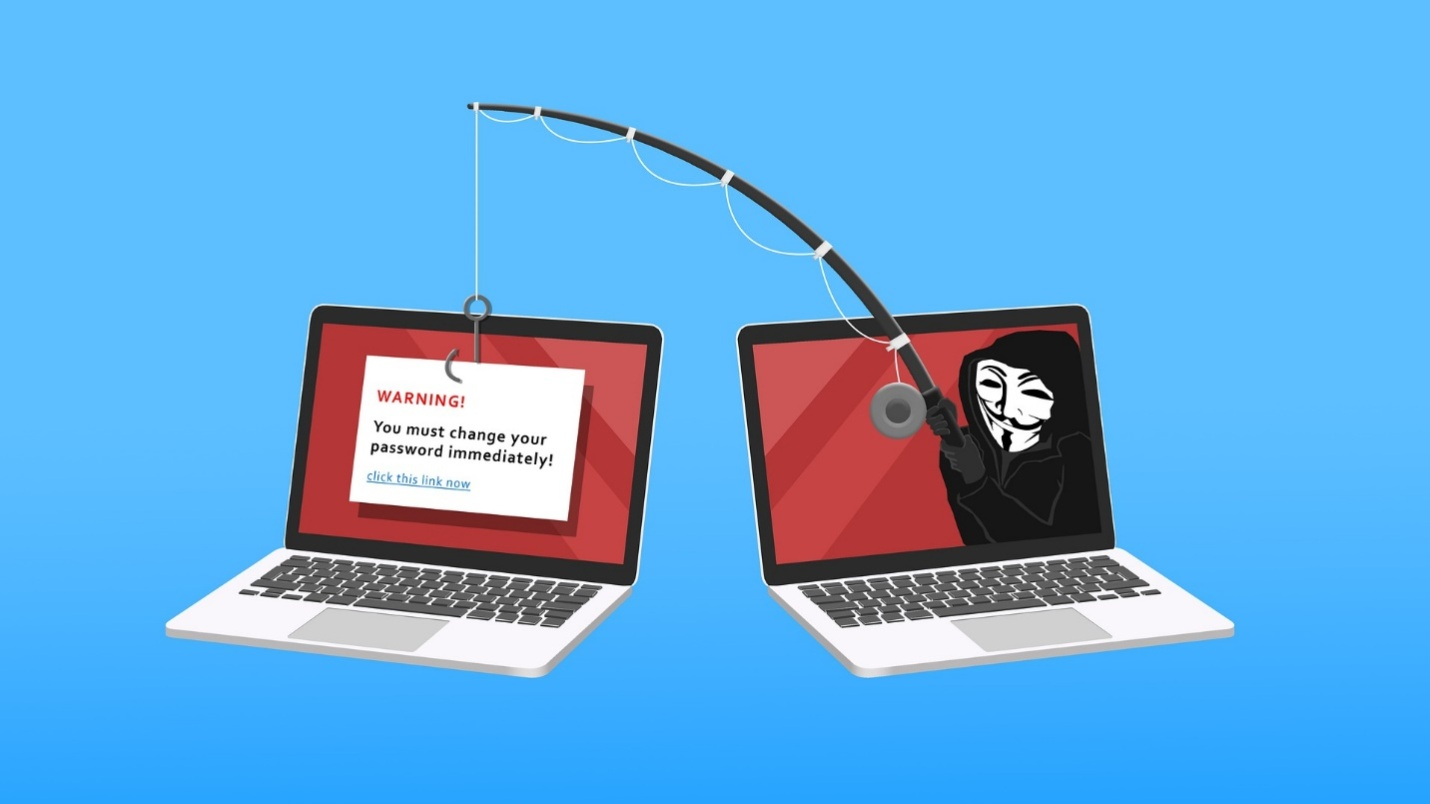How to Prevent Email Spear Phishing Attacks
Among different types of phishing attacks, spear phishing is perhaps the most common one. Over 65% of threat actors use this avenue for cyberattacks. The bad news is that your employees are often the first in the line of attack. Yet, businesses tend to overlook this link during the anti-phishing strategy.
Of the number of complaints that the FBI IC3 (Internet Crime Complaint Center) received, 241,342 were related to phishing scams. The losses and complaints combined indicate the need for better defenses against spear phishing.
Let’s look into it.
Spear Phishing: Explained
Spear phishing is a kind of scam where a hacker or scammer sends customized emails to individuals. They present themselves as a trusted individual, organization, or known entity to fool people into sending money, downloading malware links, and sharing sensitive information.
Scammers can spread a wide network by sending phishing emails to thousands of individuals. However, spear phishing only targets vulnerable recipients using personal information to lure people into trusting them.
How Can You Detect Spear Phishing?
Use the SPEAR model to identify the email spear phishing attack:
- Spot the email sender.
- Peruse the email subject line.
- Examine attachments or links.
- Assess and evaluate the email content.
- Request confirmation.
Spear Phishing: Prevention Techniques
Defense is the best offense. You may not always be able to avoid security breaches, but you can build a robust plan to prevent most of them. Here’s how you can prevent spear phishing attacks:
Use MFA
MFA is multi-factor authentication which uses more than a single password to verify access. MFA can reduce spear phishing attempts by creating protected resources only authorized users can access.
So even when your password is compromised, the phishing attacker will need an additional verification key to penetrate the system or steal sensitive information from the email.
Security Awareness
It’s important to empower your employees. Train them about cybersecurity to build a culture of security awareness. Since cybersecurity is evolving, so are the threats. It only makes sense to train employees from time to time.
You can also add cybersecurity training to your onboarding training and offer refresher training to current employees to keep your system safe.
Password Policy
Given a data breach, only 45% of email users will change passwords, notes a Google survey. Loose password management makes your emails vulnerable to spear phishing attacks. Use the following policies in your password management strategy:
- Establish password minimum length and complexity standards.
- Inform employees not to share passwords.
- Set up password age.
- Create unique password policies.
Besides these practices, you should also maintain security patches and backups to protect business emails from spear phishing. SunRiver IT is here to help!

We’re Nashville’s most trusted IT firm providing IT security consulting and compliance services to small and medium-sized businesses. We offer cybersecurity, cloud computing, and managed IT solutions. Explore our services and contact us for more information.